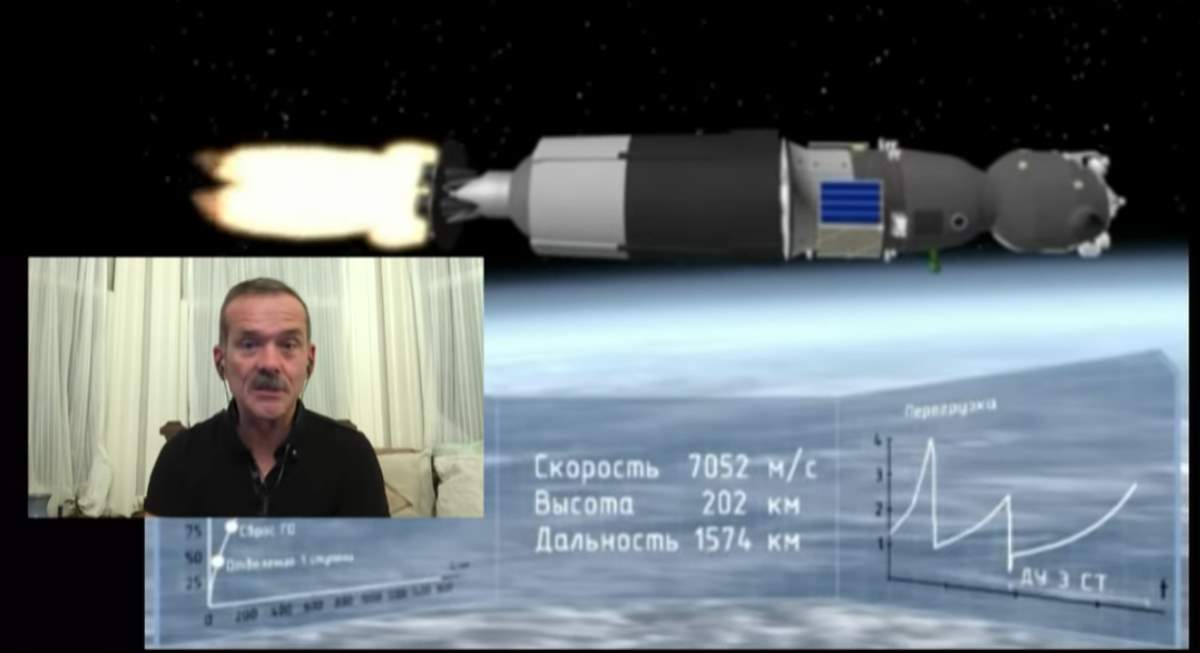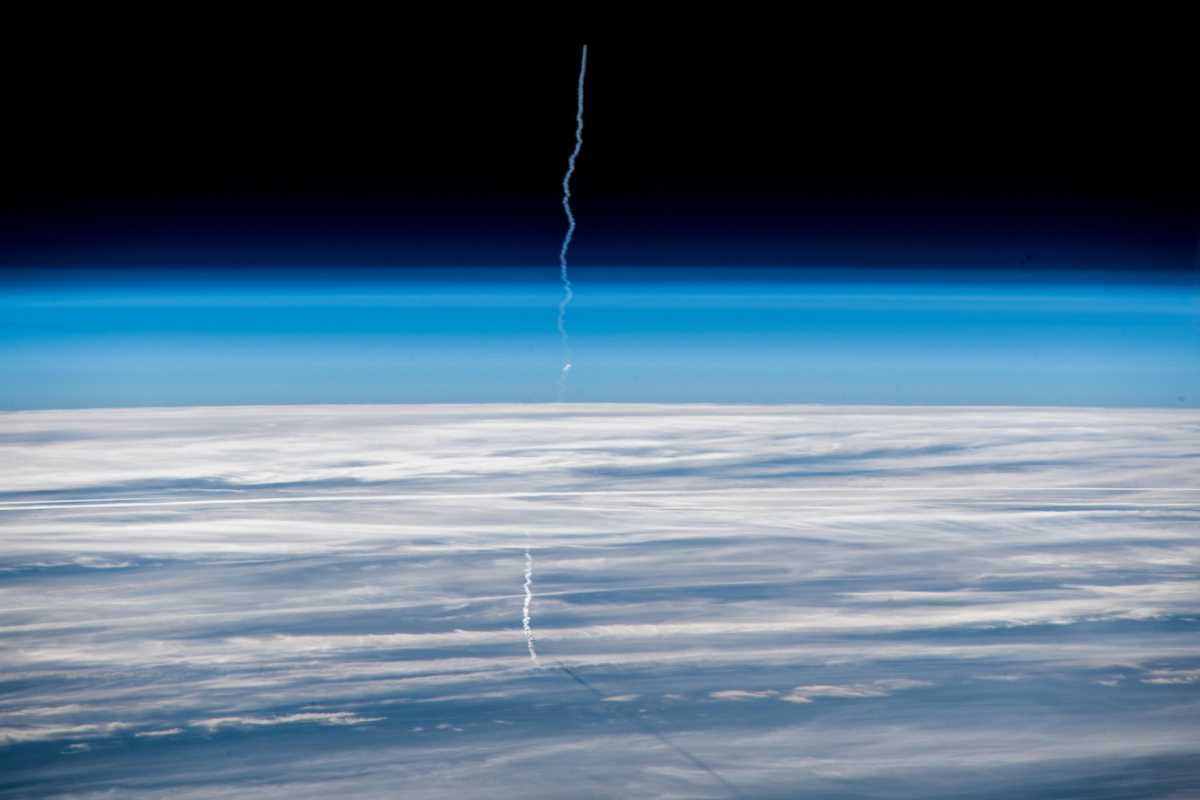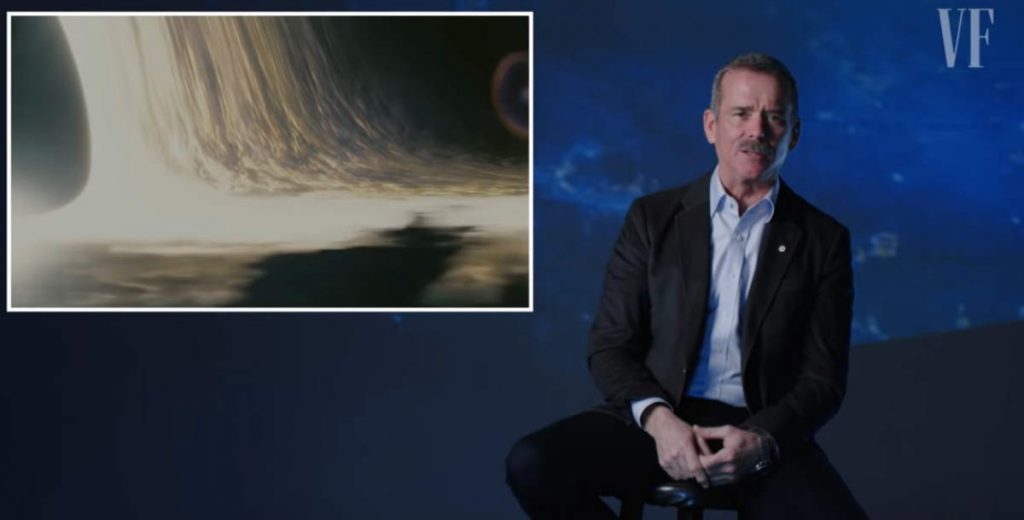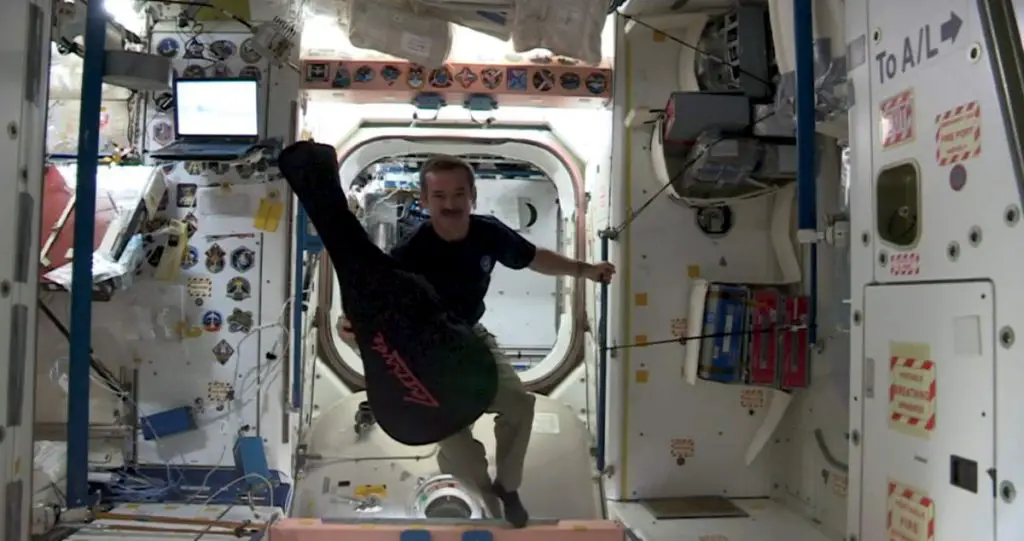Canadian retired astronaut, engineer, and former Royal Canadian Air Force fighter pilot Chris Hadfield explains the Soyuz MS-11 launch which happened on December 3, 2018.
It is great to listen to such an experienced astronaut explaining what happens during the launch, what astronauts feel, etc.
Some highlights from the video:
- The crew was in quarantine for the last two weeks. This is necessary to prevent them bring cold or any sort of disease to the International Space Station.
- You’re not nervous. You’re ready. You’d be nervous if you didn’t know what to do. It’s like an exam where you know the answer to every question. All you want to do is to start writing your answers. You feel like “this is the day that I can handle. Bring it on.”.
- The last 15 minutes prior to the launch is the brief moment of calm before the storm. The first ten minutes after the launch, and also the six months aboard the space station will be very busy. So they lie there nice and calm, listen to music, etc.
- What they have in their hands (before the launch) is the emergency checklist.
- You pinned down to your seat with seven seatbelts – one around your waist, one over your shoulder, one up between your legs, one on each knee… because, if something violent happens, you don’t want your body flying around. Because of this, they can’t reach everything in the cockpit, so they have these extendable sticks.
- It’s (Soyuz) a beautifully proven system. But, of course, the first ten minutes is the most dangerous ten minutes of their entire six months in space.
- (After the launch) the vehicle is brute-forcing its way up through the atmosphere. Pushing through the speed of sound builds a big wall of pressure in front of it. It causes a lot of vibration but mostly a relentless heavy pressure on your body.
- When you get above the air, when the first stage boosters explode off, it gets a little bit smoother. The acceleration drops off, sort of like you’re getting crushed and you float forward and then you’re getting squished again until it gets heavier and heavier. It’s as if you have four of yourself lying on top of you. Imagine lying down on the floor and having people wearing their full snowmobile suits four of them lying on top of you for 7-8 minutes, while you’re operating the most complicated machine you’ve ever flown.
- Until the engine shuts off, the crew is super-focused on whether they need to go through the abort procedures, whether they need to take over manually, etc… The moment after the engine shut off is a huge relief. Now they can measure the pressure inside their little ship and make sure there are no leaks. That’s the most important thing to check now. Because if the vehicle has a leak, then they need to turn around, fire the engines and come back to Earth.
- As soon as they know for sure that the vehicle doesn’t have a leak, they pop their helmets open and take their gloves off, which is a real delight.
- One thing that I really liked was seeing my wristwatch float on my wrist. Since you’re strapped into your seat and you’re inside a cockpit, there’s not a lot of reminders that you’re weightless.
- Congratulations, David Saint-Jacques. He is now an astronaut. He’s been above 100 kilometers, he’s orbiting the Earth. (Saint-Jacques is a fellow Canadian, and it was his first spaceflight. It was also Anne McClain’s first flight. Mission commander Oleg Kononenko has flown to the International Space Station three times, as a flight engineer for Expedition 17 aboard Soyuz TMA-12, as a flight engineer on Expedition 30 and commander of Expedition 31 aboard Soyuz TMA-03M, and as a flight engineer on Expedition 44 and Expedition 45 aboard Soyuz TMA-17M. Kononenko has accumulated over 533 days in orbit during three long-duration flights to ISS.)
Soyuz MS-11 Launch
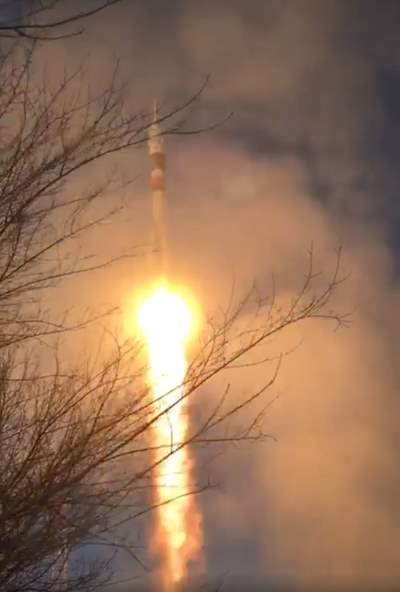
Soyuz MS-11 spacecraft launched from the Baikonur Cosmodrome in Kazakhstan atop a Soyuz-FG rocket on December 3, 2018, carrying NASA astronaut Anne McClain, Canadian Space Agency astronaut David Saint-Jacques, and Roscosmos cosmonaut Oleg Kononenko.
It was the first manned launch since the Soyuz MS-10 spaceflight aborted shortly after launch on 11 October 2018 due to a failure of the Soyuz-FG launch vehicle boosters.
The spacecraft successfully docked to the ISS about six hours after the launch.
Chris Hadfield
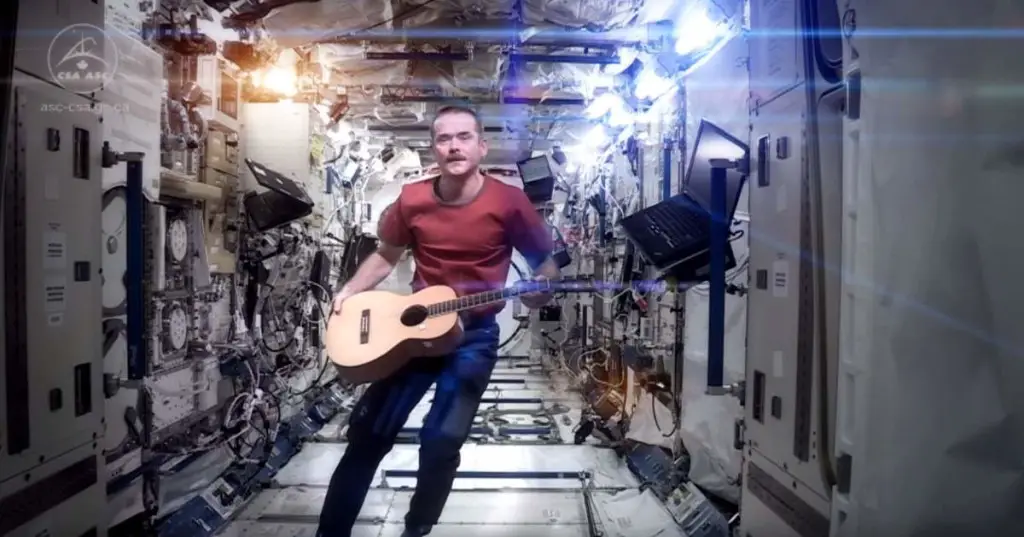
Chris Austin Hadfield OC OOnt MSC CD (born 29 August 1959) is a retired Canadian astronaut, engineer, former Royal Canadian Air Force fighter pilot, and musician who was the first Canadian to walk in space. An engineer and former Royal Canadian Air Force fighter pilot, Hadfield has flown two space shuttle missions and served as commander of the International Space Station.
In 1992, he was accepted into the Canadian astronaut program by the Canadian Space Agency. He first flew in space aboard STS-74 in November 1995 as a mission specialist. During the mission, he visited the Russian space station Mir. In April 2001 he flew again on STS-100 and visited the International Space Station (ISS), where he walked in space and helped to install the Canadarm2.
In December 2012 he flew for the third time aboard Soyuz TMA-07M and joined Expedition 34 on the ISS. He was a member of this expedition until March 2013 when he became the commander of the ISS as part of Expedition 35. He was responsible for a crew of five astronauts and helped to run dozens of scientific experiments dealing with the impact of low gravity on human biology.
During the mission, he also gained popularity by chronicling life aboard the space station and taking pictures of the earth, and posting them through Twitter, Facebook, Google+, and Tumblr to a large following of people around the world. He was a guest on television news and talk shows and gained popularity by playing the International Space Station‘s guitar in space. His mission ended in May 2013 when he returned to earth.
Shortly after returning, he announced his retirement, capping a 35-year career as a military pilot and an astronaut.
Sources
- Chris Hadfield on Wikipedia
- Anne McClain on Wikipedia
- Oleg Kononenko on Wikipedia
- David Saint-Jacques on Wikipedia
- Moon Landings: All-Time List [1966-2025] - February 2, 2025
- What Is Max-Q and Why Is It Important During Rocket Launches? - January 16, 2025
- Top 10 Tallest Rockets Ever Launched [2025 Update] - January 16, 2025
